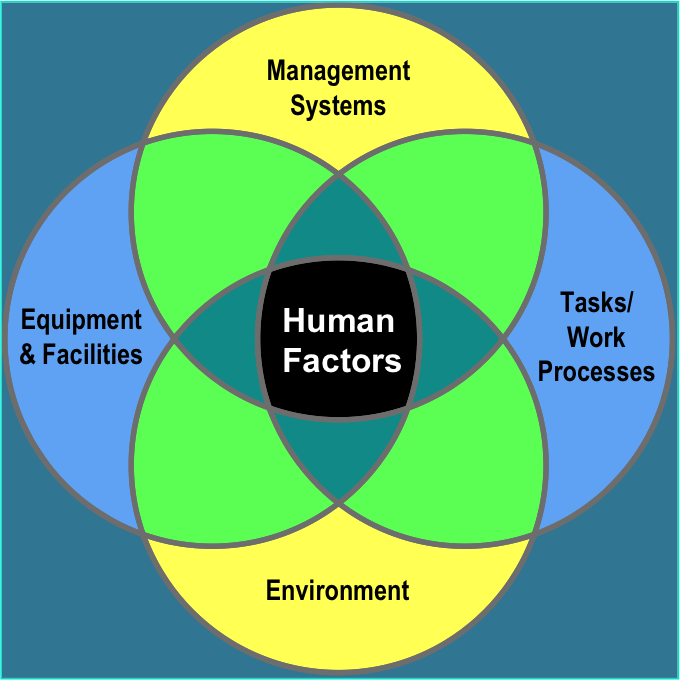Human Factors and Ergonomics
Prior to the 1940’s, the equipment that people used was relatively simple. Humans could easily adapt to every design and make it work.
During the 2nd world war, equipment became more complicated and humans had difficulty adapting to it. There were many accidents and injuries because of the complexity.
Governments on both sides of the Atlantic recognized the problem and brought together teams consisting of physiologists, psychologists, engineers and physicians to solve them. This was the start of Human factors.
In Europe, this new science was called Ergonomics which means the laws of work. In North America, the science was called Human Factors Engineering
Today, most specialists in this area consider the terms – Human Factors and Ergonomics - equal in every sense.
What is Human Factors
Human Factors is defined as the “systematic process of designing for human use”. The process applies our knowledge of the capabilities, limitations and needs of people to the equipment they use, the environments they operate in, the tasks they perform and the management systems that guide the safe operation of their plants
Why is human factors important?
Human Factors considers human users first in every piece of equipment and in every system we design.
By putting the human user at the center of the design and then designing from the center out, we consider human capabilities, limitations and needs at every stage of the design, in every type of environment that the system operates, and during each aspect of the task that humans perform while operating the equipment.
By using this human-centered approach, equipment is easier to use, fewer operating errors occur and the number and severity of injuries that users suffer are reduced.
Midland Engineering Limited has specialist that can work with you to apply Human Factors analysis and implement improvements in the following areas:

For more information contact Midland Engineering Limited @ (989) 837-2296
